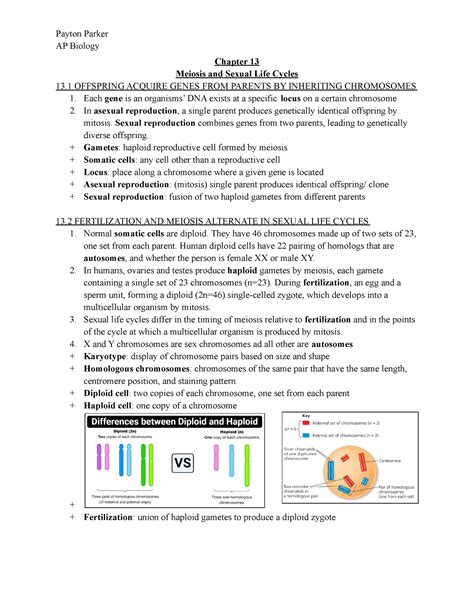As an AP Biology student, the vast expanse of knowledge in Unit 4 can seem daunting. But fear not! With this comprehensive guide, we’ll dissect each concept, explore the latest biotechnological breakthroughs, and provide invaluable tips to help you conquer this unit.

Mendelian Genetics: The Foundation of Inheritance
Mendelian genetics, established by Gregor Mendel in the 19th century, forms the cornerstone of our understanding of inheritance.
-
Key Terms:
- Gene: Units of information that determine traits
- Allele: Different forms of a gene
- Genotype: The genetic makeup of an individual
- Phenotype: Observable characteristics of an individual
-
Mendel’s Laws:
- Law of Segregation: Alleles separate during gamete formation
- Law of Independent Assortment: Alleles of different genes are inherited independently of each other
- Law of Dominance: Dominant alleles mask recessive alleles
Extensions of Mendelian Genetics
Mendelian principles provide a framework for understanding inheritance patterns, but extensions to these laws account for more complex genetic phenomena.
- Incomplete Dominance: Neither allele is dominant, resulting in an intermediate phenotype
- Codominance: Both alleles are expressed in the phenotype
- Multiple Alleles: A gene exists in multiple forms (e.g., blood type alleles)
- Polygenic Traits: A trait is influenced by multiple genes
Beyond Simple Inheritance: Complex Traits and Pedigree Analysis
Complex traits, such as height or intelligence, are influenced by multiple genes and environmental factors. Pedigree analysis helps us track inheritance patterns within families.
- Multiple Gene Inheritance: Quantitative traits are influenced by multiple genes with additive effects
- Environmental Influences: Environmental factors can modify the expression of genes
- Pedigree Analysis: A diagram that shows relationships within a family and the inheritance of traits
Molecular Genetics: Unraveling the Code of Life
Molecular genetics delves into the structure and function of DNA and RNA, the molecules that carry genetic information.
-
DNA Structure:
- Double Helix: Composed of nucleotides (A, C, G, T) paired in a specific sequence
- Genes: Regions of DNA that code for specific proteins
-
DNA Replication:
- Semi-Conservative: Each strand of DNA serves as a template for a new strand
- Enzymes: Enzymes such as DNA polymerase facilitate replication
-
Transcription:
- DNA to RNA: DNA is used as a template to synthesize RNA
- mRNA: Messenger RNA carries genetic information to the ribosomes for protein synthesis
-
Translation:
- RNA to Protein: mRNA is translated into a chain of amino acids to form a protein
- Transfer RNA (tRNA): Brings specific amino acids to the ribosome
Biotechnology: Harnessing Biology for Human Benefit
Biotechnology uses biological knowledge and techniques to solve problems and create new products.
-
Genetic Engineering:
- Recombinant DNA Technology: Combining DNA from different sources into new molecules
- Transgenic Organisms: Organisms with genes from other species
- Gene Therapy: Altering the genetic makeup of cells to treat diseases
-
Biomedical Applications:
- Producing Antibiotics: Using microorganisms to produce antibiotics
- Developing Vaccines: Using viral or bacterial proteins to stimulate immunity
- DNA Fingerprinting: Identifying individuals based on their unique genetic patterns
-
Agricultural Applications:
- Crop Improvement: Enhancing plant traits (e.g., yield, disease resistance)
- Genetically Modified Organisms (GMOs): Creating plants or animals with specific traits
- Bioremediation: Using microorganisms to clean up environmental pollutants
Practice Problems and Tips
-
Practice Problems:
- Solve problems involving Punnett squares, pedigrees, and molecular genetics to solidify your understanding.
- Utilize online resources and textbooks for additional practice.
-
Tips for Success:
- Master the Core Concepts: Fokus on the fundamental principles of genetics and molecular biology.
- Connect Concepts: Relate topics to each other to reinforce your understanding.
- Utilize Visual Aids: Draw diagrams and use models to visualize complex processes.
- Apply Real-World Examples: Examine current advancements in biotechnology to connect theory to practice.
- Seek Help When Needed: Don’t hesitate to ask your teacher or classmates for assistance.
Conclusion
Unit 4 of AP Biology presents a vast and exciting realm of knowledge. By embracing the principles of Mendelian genetics, molecular genetics, and biotechnology, you can master this essential component of the course. With dedication, practice, and a touch of curiosity, you’ll navigate this unit with confidence and emerge with a deep understanding of the biological world.
